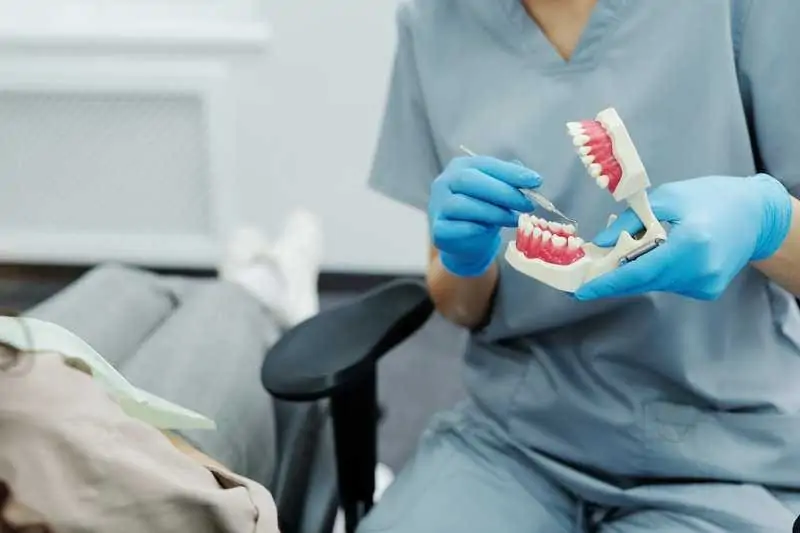New Patients: (952) 900-2077 | Current Patients: (952) 922-8787
Proudly Serving Our Community for Over 30 Years
Proudly Serving Our Community for Over 30 Years

Gum disease is one of the many oral health conditions that can affect other parts of the body. It’s a potentially serious infection that can lead to anything from tooth loss to cardiovascular diseases. Gum disease can’t be reversed by your dentist in Edina in its more advanced stages, so it’s important to know the most common signs and symptoms so you can seek treatment early.
A very common early-warning sign that gum disease may be brewing is if you notice blood while brushing or flossing your teeth. It’s a myth that bleeding gums are normal, and in fact, it’s usually a sign that there may be trouble. Signs of bleeding gums should be mentioned to your dentist in Edina sooner rather than later for early intervention.
Another typical symptom of gum disease is red, swollen gums. While this can be apparent in the earliest stages of gum disease, it can also indicate that gum disease has progressed. Swollen or red gums may also be painful, but not always. Don’t ignore puffy gums or you may just be allowing gum disease to become severe and irreversible.
While some people do have sensitive teeth and experience pain or discomfort when enjoying hot or cold food, it could also be a sign of gum disease. One sign of gum disease is gum recession, which is when the gum tissue starts to pull back from the teeth, exposing the sensitive nerves. Any new sensitivity should be talked about with your dentist.
Periodic bouts of bad breath are usually normal and nothing to worry about, but bad breath that lasts and doesn’t go away no matter how hard you try could also be a symptom of gum disease. Gum disease is caused by a buildup of plaque and bacteria, and the bacteria release a stinky byproduct, causing bad breath.
There are varying levels of gum disease, with the symptoms and life-long risks increasing along with each stage.
The best ways to protect your gums, teeth, and overall health from the risks of gum disease are to do everything you can to avoid it in the first place. Make sure you brush and floss daily, don’t use tobacco products, and see your dentist in Edina every six months for preventive dental checkups.